With access to her diaries, biographer WILLIAM PACKER offers fresh insight into the charming rural paintings of the late, great MARY NEWCOMB

Whether as plain drawing or as watercolour, Mary’s works on paper are almost solely concerned with useful subject matter, with the quality of the marks made, effective and captivating as they are, graphic or painterly alike, all but incidental to the business of record in hand.
This great miscellany of information, with its recurrent themes and categories – bridges, locks, church steeples in the distance, birds, insects, animals, gates, people in boats, stiff ladies, men with bikes and bunches of flowers – falls into several distinct kinds, from the fugitive and fragmentary to the detailed and precise. At their most extreme, some are reduced in notation almost to the degree of an ideogram or hieroglyphic, the image registered in a pictorial shorthand all Mary’s own. Her bikes seen scattered on the bank beside the road are hardly exact in the description, but bikes they undoubtedly are. A light aircraft comes in low over a church tower, its image caught with wonderful clarity in no more than three more-or-less vertical and two horizontal lines, a dark blob and a few squiggles. Bouncing down the lane comes a motorbike and sidecar, again reduced in wonderfully effective expression to a single bent horizontal augmented by a few dark vertical blobs. A couple of horses stand alongside a row of low trees.
Though described by little more than an extended scribble, they are as clear as could be. The lone pig on the hillside, the fox crossing the field, the cow peering over the field-bank, they were all glimpsed in a passing moment. None stood still: none offered more than a second or two to stamp themselves onto Mary’s retentive visual memory. And what is left, as a record on the page is, in its guileless directness and sophistication, all the more useful, potent and effective for that.
This story is from the March 2019 edition of Artists & Illustrators.
Start your 7-day Magzter GOLD free trial to access thousands of curated premium stories, and 9,000+ magazines and newspapers.
Already a subscriber ? Sign In
This story is from the March 2019 edition of Artists & Illustrators.
Start your 7-day Magzter GOLD free trial to access thousands of curated premium stories, and 9,000+ magazines and newspapers.
Already a subscriber? Sign In

Still life IN 3 HOURS
Former BP Portrait Award runner-up FELICIA FORTE guides you through a simple, structured approach to painting alla prima that tackles dark, average and light colours in turn
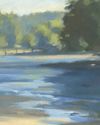
Movement in composition
Through an analysis of three masterworks, landscape painter and noted author MITCHELL ALBALA shows how you can animate landscape composition with movement
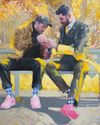
Shane Berkery
The Irish-Japanese artist talks to REBECCA BRADBURY about the innovative concepts and original colour combinations he brings to his figurative oil paintings from his Dublin garden studio
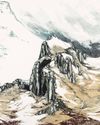
The Working Artist
Something old, something new... Our columnist LAURA BOSWELL has expert advice for balancing fresh ideas with completing half-finished work
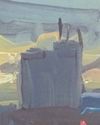
Washes AND GLAZES
Art Academy’s ROB PEPPER introduces an in-depth guide to incorporating various techniques into your next masterpiece. Artwork by STAN MILLER, CHRIS ROBINSON and MICHELE ILLING
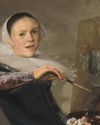
Hands
LAURA SMITH continues her new four-part series, which encourages you to draw elements of old master paintings, and this month’s focus is on capturing hands

Vincent van Gogh
To celebrate The Courtauld’s forthcoming landmark display of the troubled Dutch master’s self-portraits, STEVE PILL looks at the stories behind 10 of the most dramatic works on display
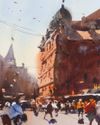
BRING THE drama
Join international watercolour maestro ALVARO CASTAGNET in London’s West End to paint a dramatic street scene
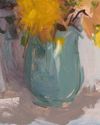
Serena Rowe
The Scottish painter tells STEVE PILL why time is precious, why emotional responses to colour are useful, and how she finds focus every day with the help of her studio wall

Bill Jacklin
Chatting over Zoom as he recovers from appendicitis, the Royal Academician tells STEVE PILL about classic scrapes in New York and his recent experiments with illustration